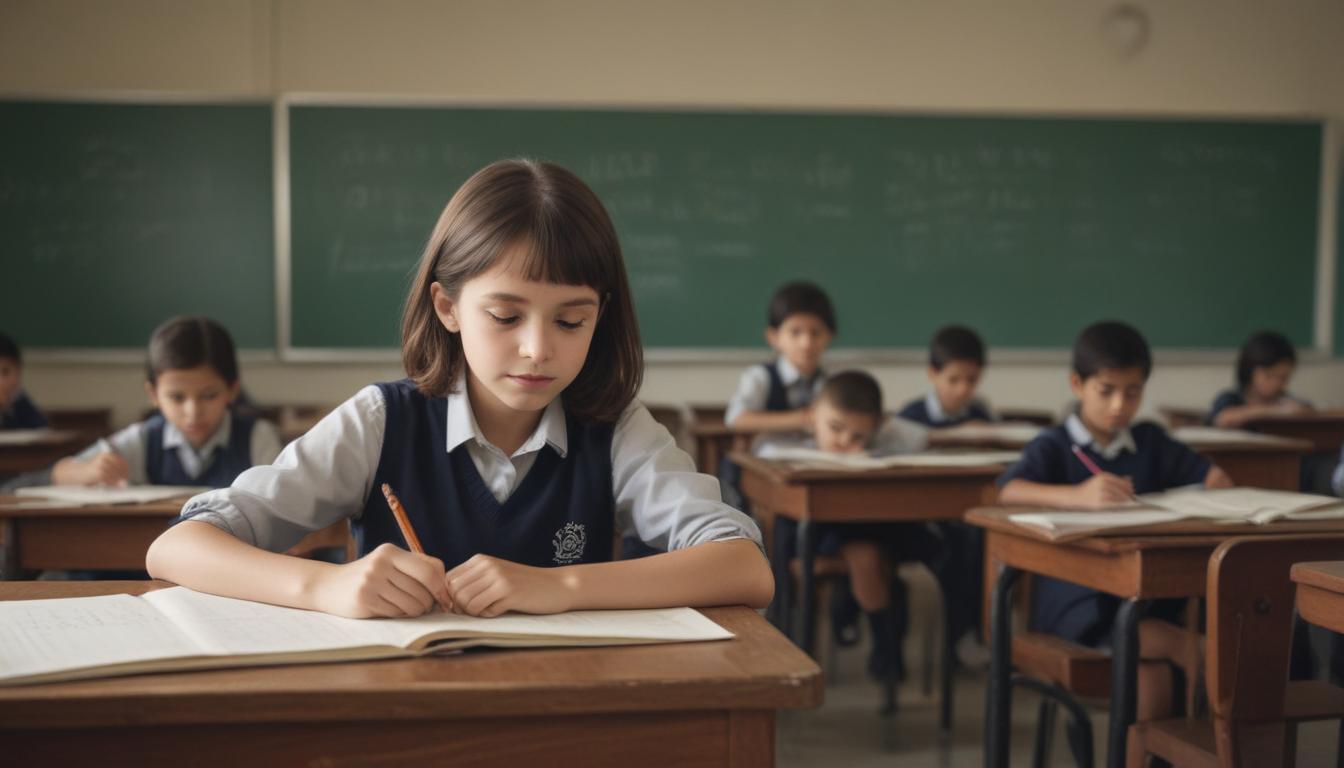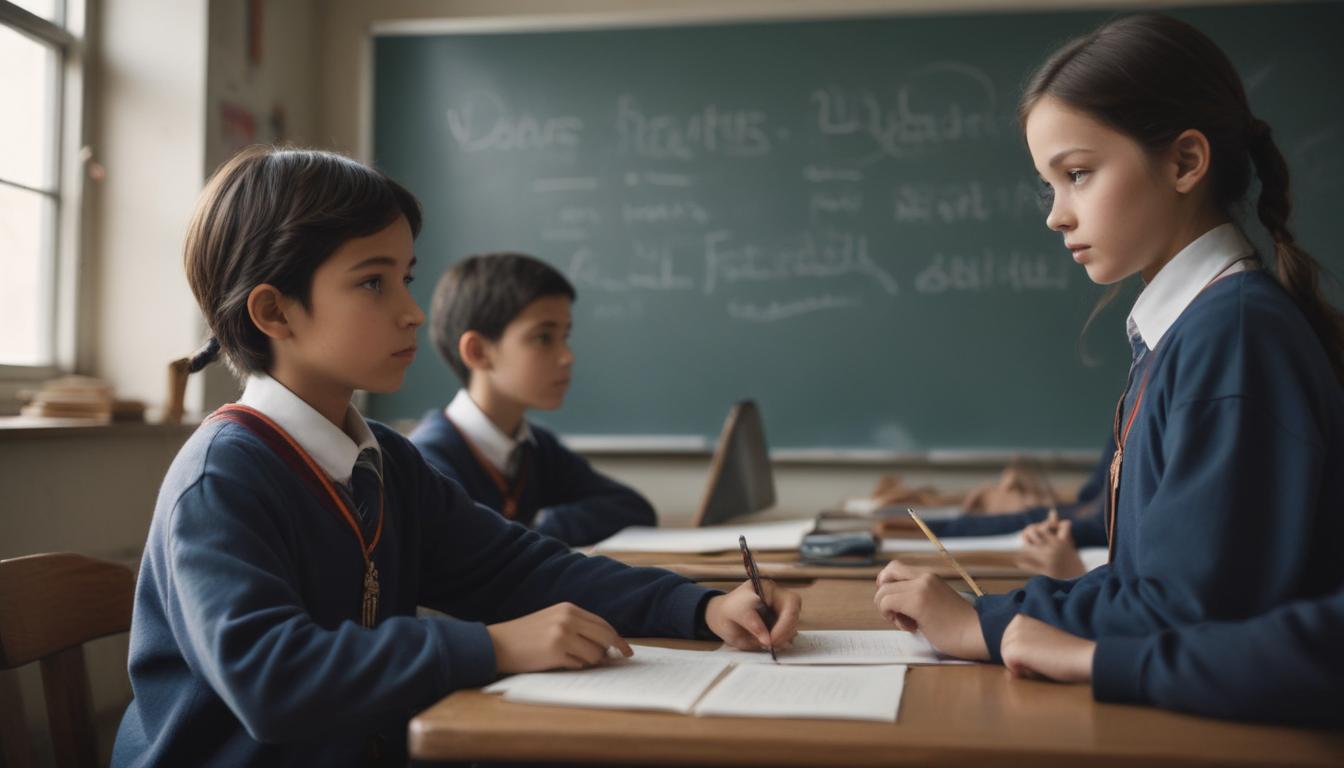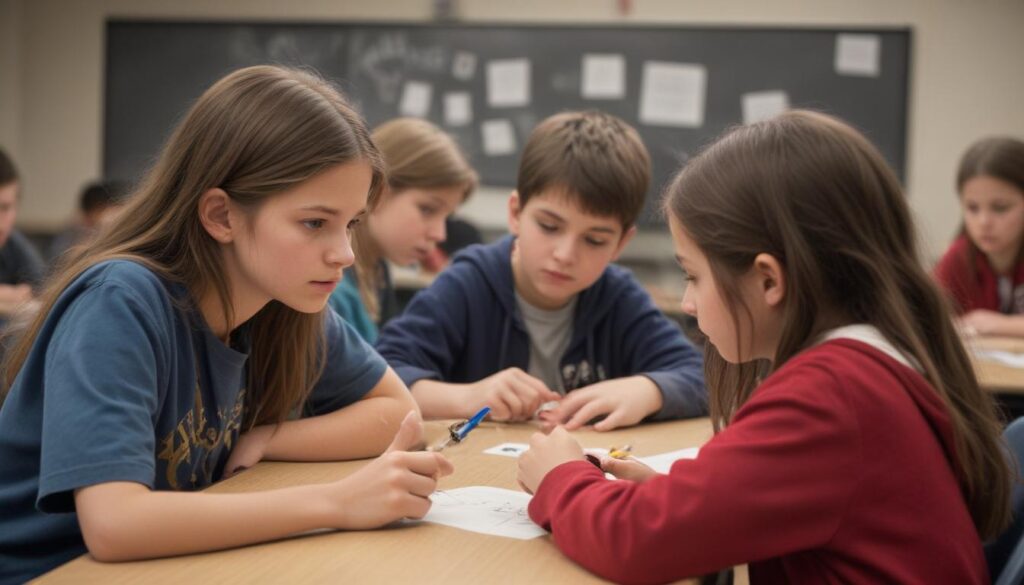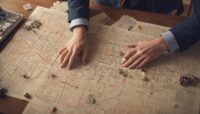Now Reading: Ignite Creativity and Innovation
- 01
Ignite Creativity and Innovation
Ignite Creativity and Innovation

Beyond the Textbook Nurturing Creativity and Innovation in Modern Education
Do you ever look at the traditional education system and feel a sense of disconnect? You see the boundless curiosity and imagination in a child, only to watch it slowly fade within the rigid confines of standardized tests and rote memorization. You worry that we are preparing our students for a world that no longer exists, teaching them to follow instructions when the future demands that they write a whole new set of rules. This feeling is a shared concern among parents, educators, and leaders who see the growing gap between what is taught and what is needed. The solution isn’t to discard our educational foundations, but to build upon them with a new, urgent focus on fostering creativity and innovation.
This isn’t just a “nice to have” skill for artists and inventors; it is the fundamental currency of the 21st century. By shifting our approach from one of pure information recall to one of active exploration and problem-solving, we can reignite that natural spark of curiosity. We can empower students not just to find the right answers, but to ask the right questions. This guide will explore why this shift is critical for future success and outline practical, powerful strategies to transform our classrooms and homes into incubators of creativity and innovation. It’s time to move beyond the textbook and cultivate the thinkers, dreamers, and doers of tomorrow.
Why Rote Memorization is No Longer Enough
For generations, the bedrock of education was the transfer of established knowledge. Success was measured by how well a student could absorb, retain, and repeat information. While a strong knowledge base is still important, its value as a standalone skill has diminished dramatically. We live in an age where any fact is accessible in seconds via the device in our pocket. The new premium is not on what you know, but on what you can do with what you know. The challenges of our time, from climate change and global health crises to technological disruption, do not come with an answer key. They demand novel solutions, interdisciplinary thinking, and the ability to adapt to constant change.
Fostering creativity is about much more than encouraging artistic talent. It is the practice of seeing the world in new ways, finding hidden patterns, making connections between seemingly unrelated phenomena, and generating solutions. Innovation is the application of that creativity to create new value, whether it’s a new business model, a scientific breakthrough, or a more efficient social program. An education system that prioritizes these skills builds resilience. It teaches students to embrace ambiguity, learn from failure, and approach complex problems with confidence and intellectual agility rather than fear. These are the durable skills that will serve them long after specific facts have become obsolete.

Building the Creative Classroom Key Strategies for Success
Transforming a learning environment to prioritize creativity doesn’t require a complete overhaul overnight. It begins with a strategic shift in methodology and mindset, focusing on processes that encourage exploration and active engagement over passive consumption of information.
Embracing Project Based Learning
One of the most effective ways to nurture innovation is through Project Based Learning (PBL). Instead of learning discrete facts in isolated subjects, students engage in long-term projects designed to answer a complex question or solve a real-world problem. This approach inherently breaks down the silos between disciplines. A project on creating a sustainable community garden, for instance, requires biology and environmental science, math for budgeting and measurement, language arts for research and presentation, and social studies for community planning.
Through PBL, students become active drivers of their own learning. They must collaborate, manage their time, conduct research, and think critically to overcome obstacles. The focus shifts from the final answer to the entire process of inquiry, iteration, and creation. The educator’s role also transforms from a “sage on the stage” to a “guide on the side,” facilitating, questioning, and providing resources rather than simply delivering lectures. This method not only deepens understanding but also directly builds the collaboration, problem-solving, and creative thinking skills essential for the modern world.
Cultivating a Culture of Curiosity and Safe Failure
Creativity cannot flourish in an environment governed by the fear of being wrong. Innovation is, by its very nature, a process of trial and error. Therefore, one of the most crucial cultural shifts is to create a classroom where curiosity is the highest virtue and failure is reframed as a vital part of the learning process. This means encouraging students to ask “why” and “what if” without fear of judgment. It involves celebrating a clever question as much as a correct answer.
Practically, this can look like teachers openly discussing their own mistakes and what they learned from them. It can involve design challenges where the first few prototypes are expected to fail, with the goal being to analyze, adapt, and improve. When a student offers an incorrect answer, instead of simply correcting them, a teacher can ask, “That’s an interesting thought, what made you think of that?” This validates their thinking process and opens a door to deeper understanding. By making the classroom a psychologically safe space for intellectual risk-taking, we empower students to stretch their imaginations and attempt groundbreaking ideas without being paralyzed by the pursuit of perfection.



































